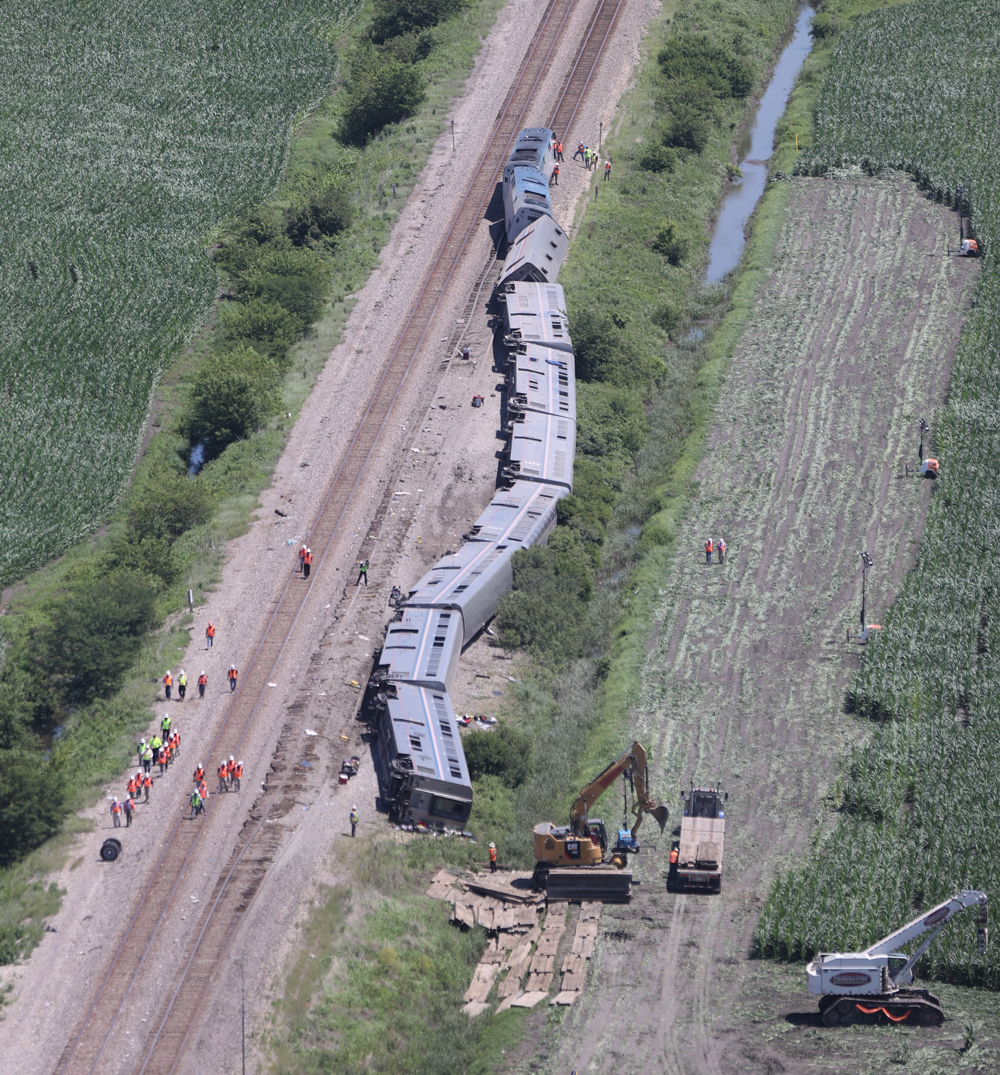
MENDON, Mo. — National Transportation Safety Board investigators spent their first day on the scene of Monday’s fatal Southwest Chief derailment worked to gather information on train speed and other data from the locomotive event recorder, NTSB Chairwoman Jennifer Homendy told reporters on Tuesday evening.
The NTSB also sought to examine video from the P42 locomotive’s forward-facing cameras, CNN reports.
A third passenger was reported to have died Tuesday, bringing the death toll in the collision with a dump truck and subsequent derailment to four. Some 150 others on board the Chief required medical care at 10 area hospitals, authorities said.
Amtrak CEO Stephen Gardner said in a Tuesday evening statement that the passenger railroad is “committed to fully cooperating” with the NTSB, Federal Railroad Administration, local law enforcement, “and all the other organizations with an official role in the investigation and response, and that share our urgency to do everything we can do prevent future accidents. This incident is a critical reminder about the importance of exercising extreme caution around railroad tracks and crossings.”
Gardner’s statement also expressed appreciation for employees, local authorities, first responders, and customers who assisted after the incident, “including a group of Boy Scouts on board to jumped in to help others.” Two Boy Scout troops from Wisconsin, returning from the Philmont Scout Ranch in New Mexico — which many scouts traditionally reach by riding the Chief — are being credited with administering first aid to other passengers and helping them exit the overturned passenger cars, the Kansas City Star reports. One of those scouts reportedly administered to the truck driver and stayed with him until he died.
The NTSB’s Homendy said Tuesday that the investigation would require the site, on BNSF’s Southern Transcon, to be closed for “a number of days,” raising some concerns about the impact on freight movements.
Linda Wilson Horn, communications director for the Missouri Department of Transportation, told the Fulton Sun that “this is an extremely busy line … you’d expect that the line being closed is going to affect supply chains, but I don’t have details on that.”






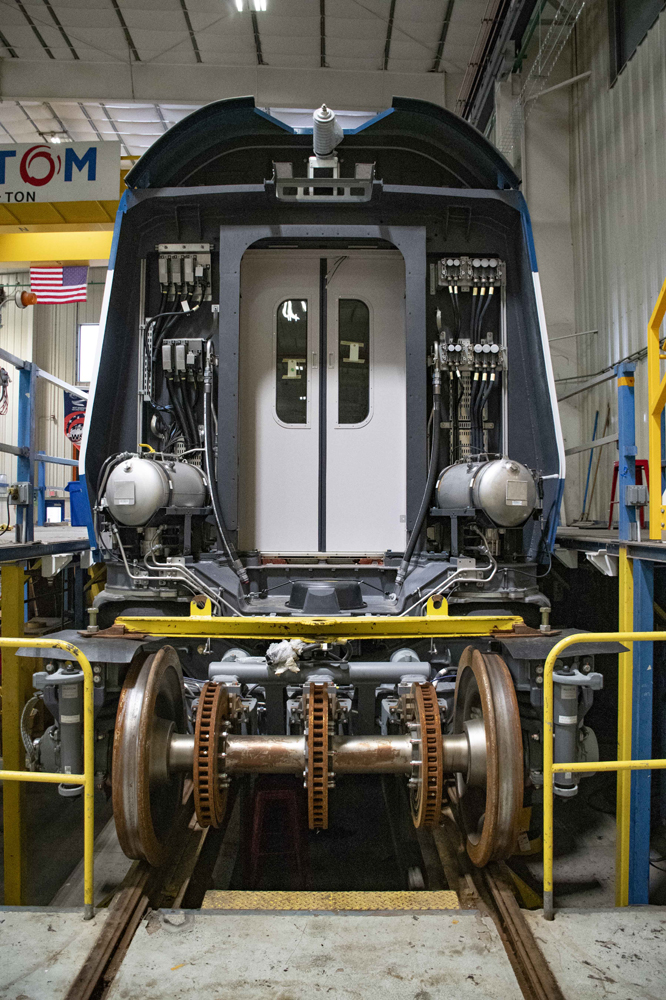
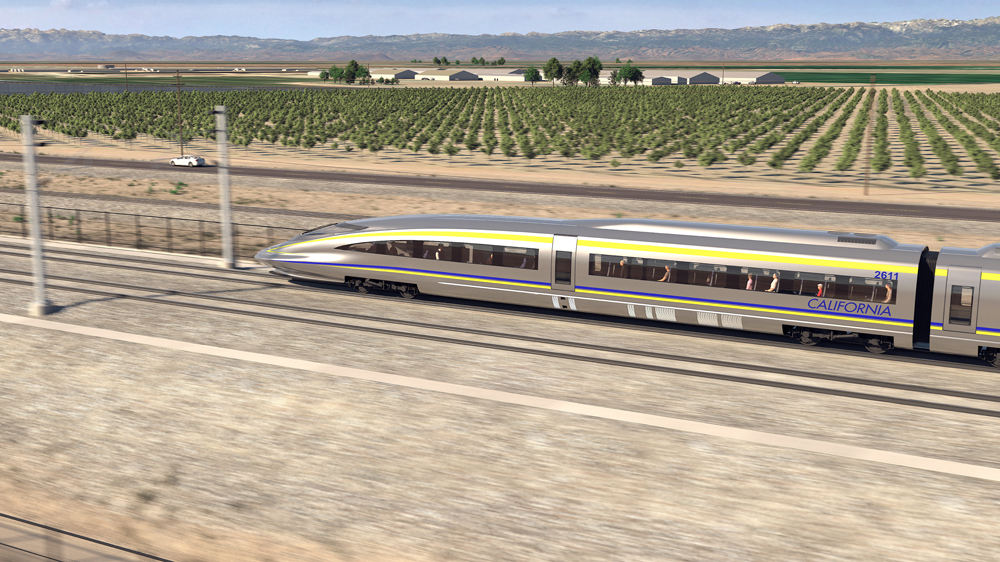
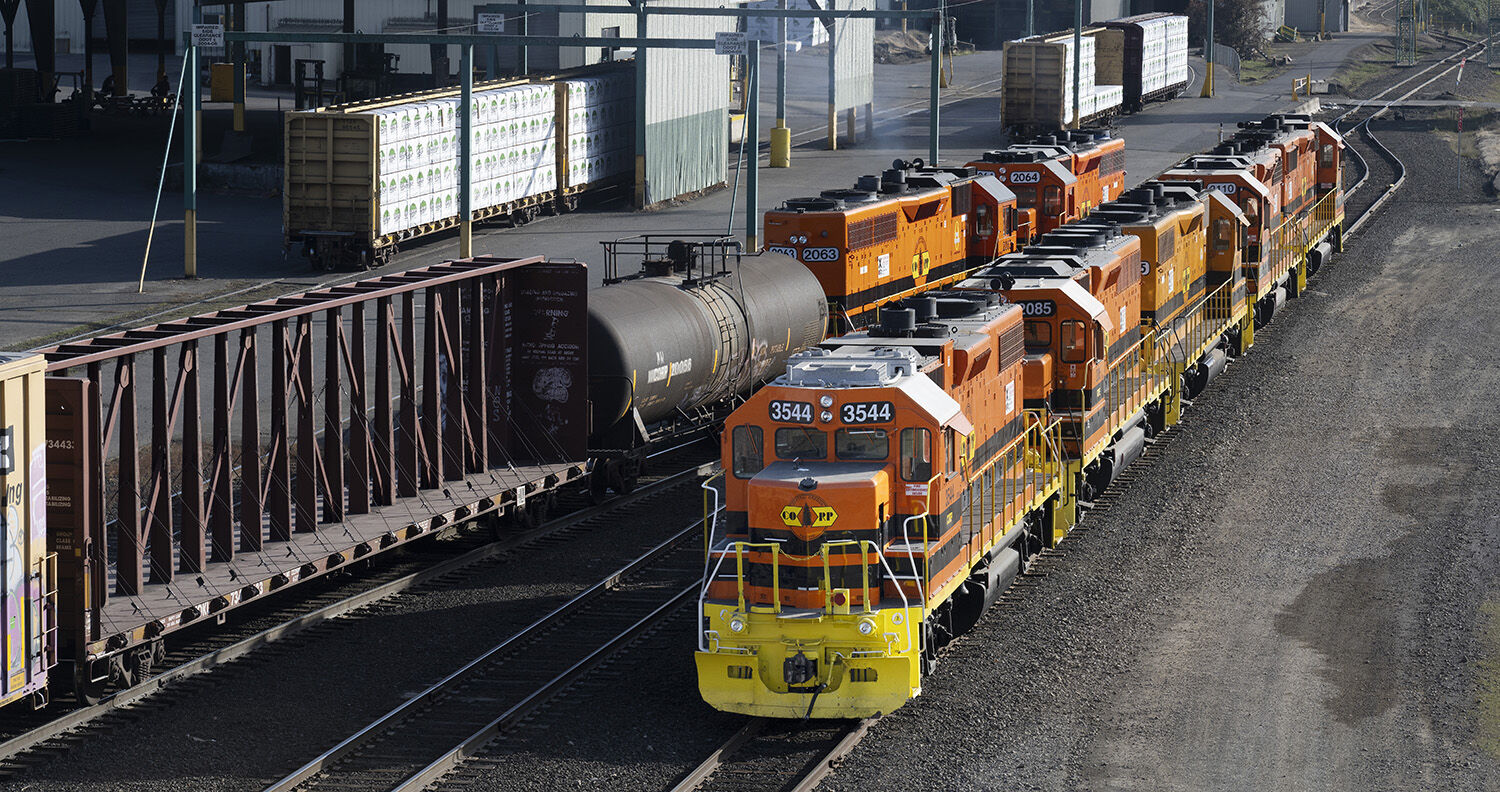
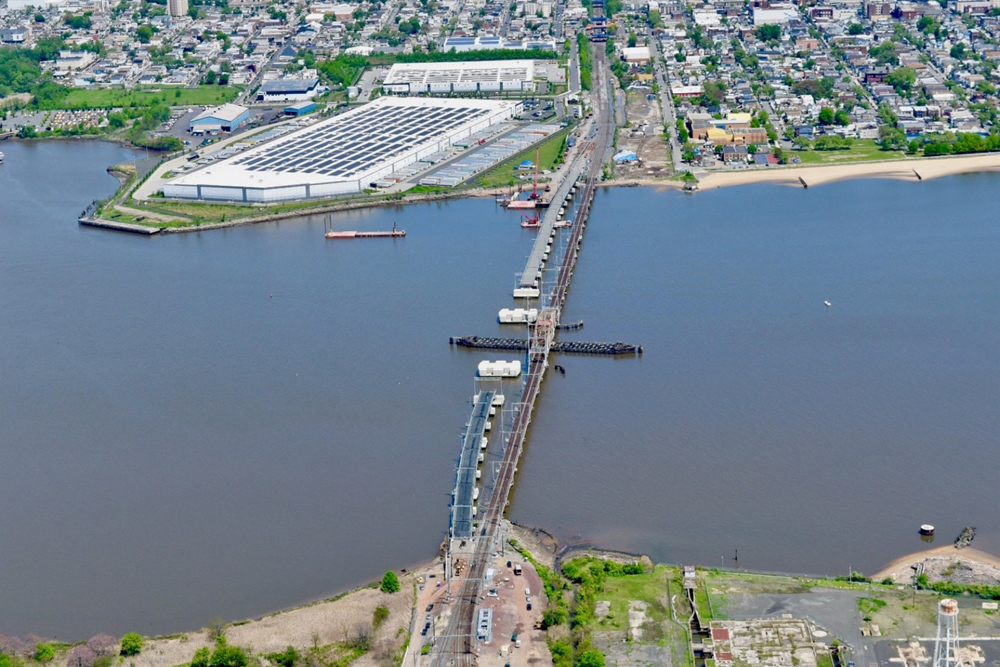




Get rid of crossbucks and put up red stop signs. We now live in a country that has no recognition, no present of mind of railroads or railroad tracks. They are all auto oriented. Ask the next ten people you see what a crossbuck means. Here’s a sure bet, none of them will say, “stop, look and listen.”
As far as I know crossings with crossbucks now sport a stop sign. There was a time it was a yield sign. People need to stop trying to assign cause to everything but the failure of the driver. Didn’t hear the train? WIndows rolled up? Earbuds in? Radio blaring? Did he even bother to stop? As I stated in an earlier article it would be of interest to know if this driver has crossed here multiple times. Sadly I’ve watched as people speed up to beat my train, and at times to the point of the vehicle disappearing from my view. Only to watch them stop at a red light or stop sign on the other side of the crossing! But if they’d been hit I can just hear the reasons it wasn’t their fault.
To paraphrase a Congresswoman from Colorado, “You can’t legislate ntelligence.”
Presuming the dump truck driver had a valid CDL, keep in mind that not all CDL holders are qualified. I say that from personal experience as a witness to a dump truck (ironic, isn’t it?) vs. sports car injury crash. (Rear-ender…) The dump truck driver was cited for Reckless Driving. At his trial, he brought his teenaged daughter with him to the witness stand. When the judge asked him why, the daughter had to respond, saying that her father’s English wasn’t very good. Given that English comprehension is supposedly a requirement to obtain a CDL, it was obvious that the driver’s CDL was fraudulent, at best. The CDL driver was given a suspended jail sentence an the maximum fine. The sports car driver who was injured? He was an avid tennis player. Because of his injuries, he would never play again.
closing of above comment:
process of installing controlled access. endmrw0629221541
1. I have seen this happen several times. I am researching NTSB reports to see if my observation is mentioned as a factor in causation of these accidents. Before anyone gets upset about my point*…..I have seen it happen here locally several times. The last incident, the crew in the loco said, ”We could see his bumper, and he stopped, but we could not see the driver”. As you can surmise, the driver did not see the train either. Causation: Restricted view, due to acute angle of intersection (RR and road) and a line of trees on RR ROW.
*Yes, I also know of several crashes that have, no line of sight issues, nonattention or lack of situational awareness was the cause.
2. RR’s clear foliage for a situation of blocked crossings when delay will be timewise considerable. Those “in train” uncoupled cars are spotted at a prescribed distance. Rails here locally have white paint to mark said spot.
3. In the case of crashes repeatedly happening here, UP brought in equipment and doubled the normal clearance to increase sight distance on two crossings that suffered the same line of site problem.
4. There are four cases that I am checking on that seem to match this issue. On the most recent, even if the intersection is acute or obtuse, the same vision problem exists.
5. Those who think it is flat land and NO obstruction. Look at the picture with this article. There are trees all along both sides. However note at the bottom of the picture, there seems to be an “opening, clear of trees” as per #2 above.
6. Since the picture excludes the grade crossing, either direction of truck travel I would say the driver had no chance to see or hear the oncoming train.
7. RIP those who perished (as of this writing). Especially the truck driver who has been vilified so much in this story. Of heart wrenching news is that the State of Mo was in the
The lead engine stayed upright (the photos show), the second engine derailed and tilted, but all 7 cars derailed and fell on their sides. Interesting. Presumbly the derailing and tilting was a result of the extraordinary braking being applied–but why the cars and not the engines? A layman’s theories: (1) the center of gravity of the cars was/is too high? (2) The roadbed couldn’t handle the stress? (BNSF’s roadbed maintenance is known to be second-rate: I rode the Zephyr through Nebraska and Colorado recently; BNSF’s part east of Denver was shaky (literally), while the UP’s part west of Denver was much smoother.)
Railroads are for transportation. They are not Barcaloungers…
If the truck was loaded with rock when hit it probably caused the derailment & if it was pushed along the track it probably tore up the track in its path. When it comes to accidents like this the saying “you can’t fix stupid” comes to mind, do we have to child (adult) proof everything? Cars can now brake & steer on their own, are we losing our cognitive abilities? Putting signals & gates at all these crossings would be impossible & probably not worth the investment with the declining role of freight & passenger rail in our economy. Rail is on the same path as the internal combustion engine.. fading. I’m sure Mr. Gardner words upon seeing this picture would be “scrap em!”.
Well, Galen, you bring up a point that most people don’t understand. Sadly, not even most traffic engineers, municipal DPW chiefs, etc. The more traffic control devices you put out there, the more people depend on them (rather than their own judgment as drivers), while previous generations of traffc control devices become less effective. It causes a spiral.
To me the most egregious example is the green pavement marking of bike paths a traffic intersection, meaning it’s a dangerous intersection for bikes. What does that mean, that where there isn’t green paint on the bike path, the bicyclist can just breeze though without looking? The result is that every bike path everywhere gets painted green, losing all meaning.
Surely there are advances in traffic control – but there is also a disadvantage in too much. If you put up a sign along every hundred feet of every highway listing everything that can go wrong, then no one will read any sign.
I say, install standard gates at every railroad crossing … but skip the four-quantdrant gates or barrier bollards. The high-tech stuff will just cause more problems than solutions.
My favorite warning now in Texas is “Warning guardrail damage ahead” . I don’t normally plan on using a guard rail and haven’t used one in 65 years of driving. But I am glad they’re there just in case I lose control of my car.
Mr Riley,
I don’t understand the end of your comment. This is an extremely busy freight rail line and the passenger train was quite full.
When were STOP signs invented of which the truck driver failed to obey.
So how much will this crash cost – to Amtrak, to BNSF, to the insurance companies — compared to the cost of a crossing signal and gates.
Crossbucks are a technology from the period of the Civil War. This is 2022.
Apparently you live in a city. Out in the country there is a gravel road every mile. There are 2200 unsignaled crossings in Missouri alone. Here in South Dakota every unsignaled crossing has a stop sign. If you run the sign it’s a $127.50 fine.
At least the tight lock couplers did their job… However, is it all that hard to state the cause of the derailment, since the train hit a dump truck at speed?
Gerald – I dunno. This is the second recent collision (Empire Builder, as you recall) where a string of cars went on their sides, held together by those couplers. I’m not an engineer or a mathematician, but it seems to me that the first car to go over would not have pulled its mates with it if the coupler had let go. A good passenger engineman can eliminate the slack action objection.
Are they investigating whether less robust tight-lock couplers would have resulted in fewer on-board deaths? That *might* justify closing one of, if not, the busiest tracks in America.